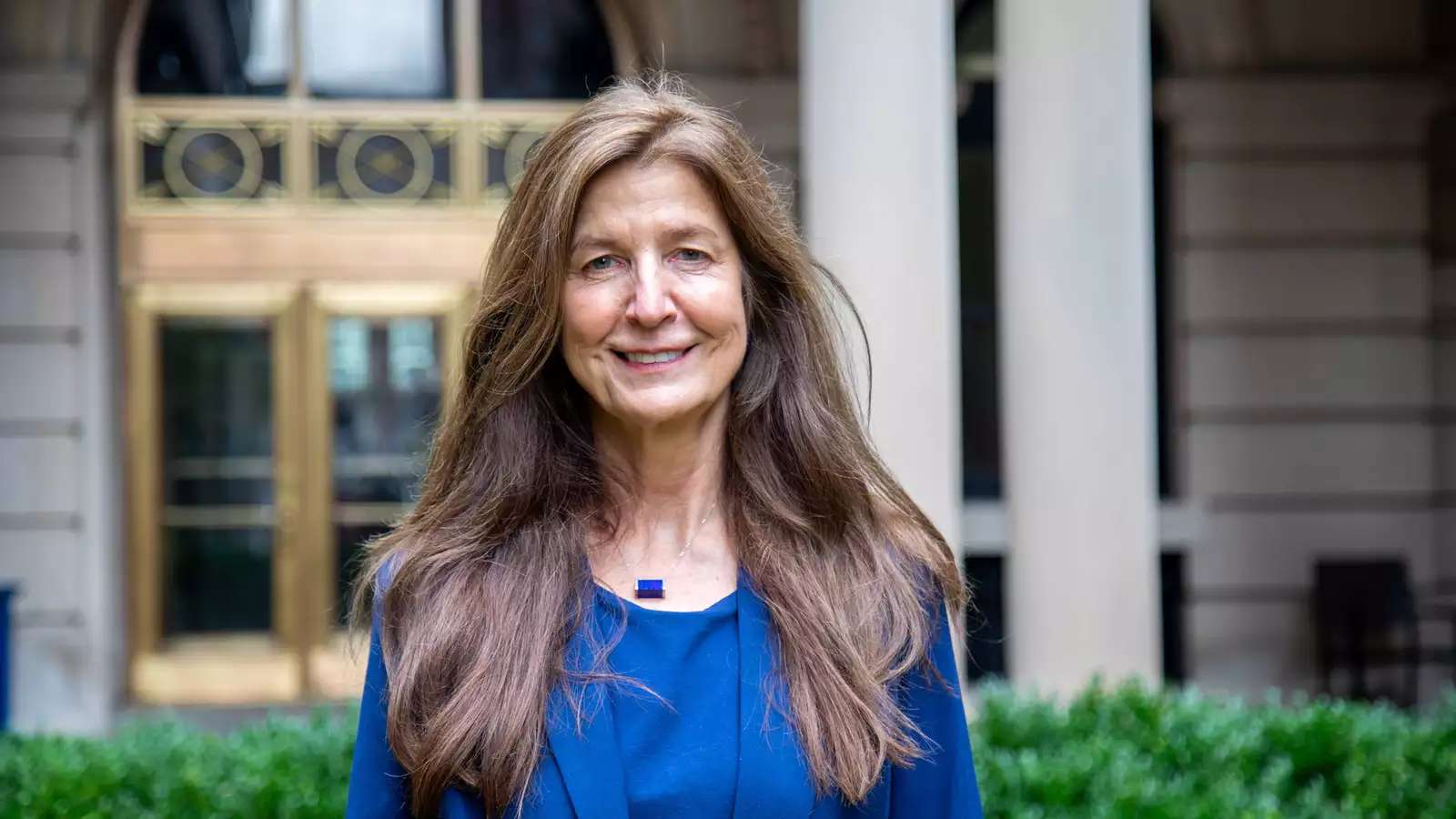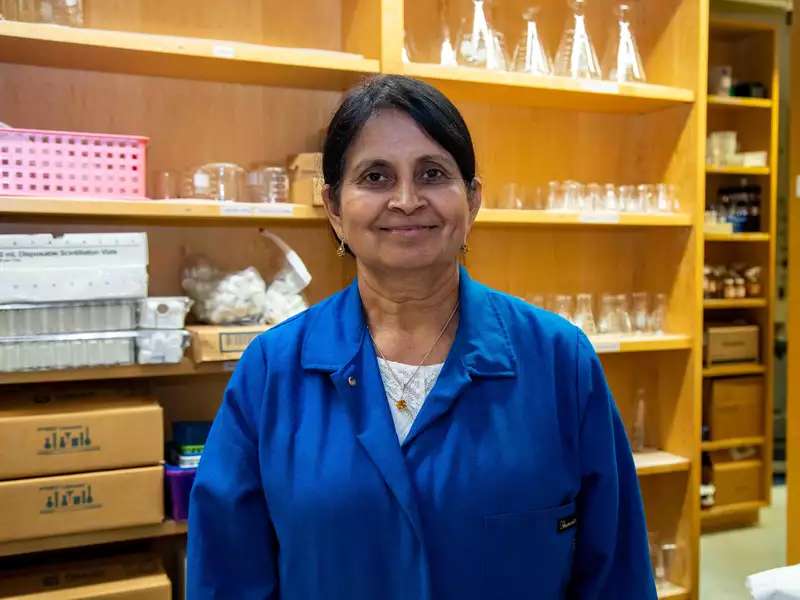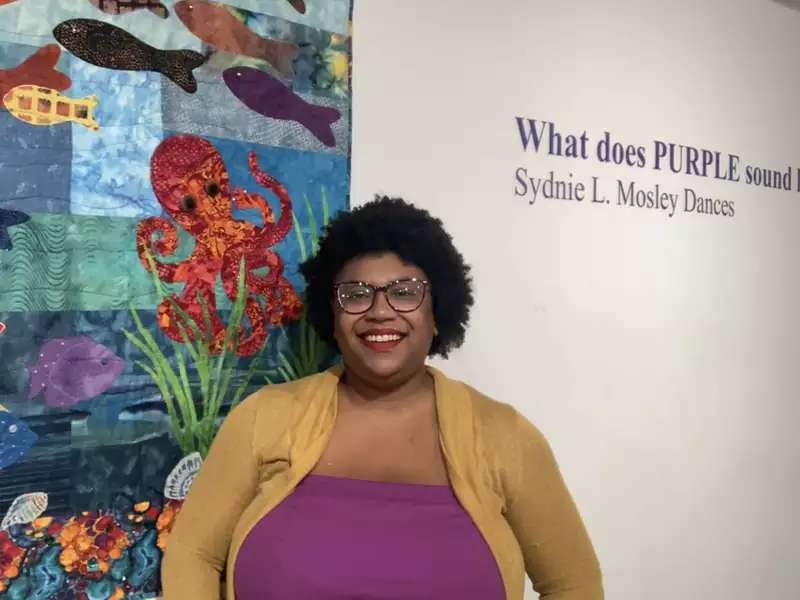
Centuries after humans first started inquiring about the brain, BJ Casey, the Christina L. Williams Professor of Neuroscience, is demystifying the complex organ that controls everything from thoughts to emotions and food cravings.
In Casey’s Introduction to Neuroscience class, the pioneering neuroscientist teaches the structures, cells, and dynamic functions of the human mind, what she refers to as the “final frontier.” Her goal is for students to constantly consider the connections between the brain and behavior.
“Our brain is a reflection of how we are adapting to the environment,” said Casey. “I want [students] to learn that and experience that as they walk through the world every day.”
The study of the brain can be intimidating to some, so Casey makes it a point to engage students through class participation, visual aids, and interactive activities. She shows videos of kids doing the marshmallow test to demonstrate the roles the brain plays in decision-making and of her own cats in behavioral training using treats.
When students reach the sensory systems unit, they are in for a treat. Casey gives them jelly beans and asks some to hold their nose closed while they eat. She instructs others to consume the candy as they normally would, with both their nose and mouth engaged. The exercise is a clever way for students to experience the brain’s multiple functions at play.
“This is to demonstrate to them that the areas of the brain that represent taste and smell together provide more information about the flavor than just taste alone,” said Casey.
The course also deepens students’ visual understanding of the brain by inviting them to explore the relationship between science and art — a testament to Barnard’s interdisciplinary approach to learning.
For extra credit, students can create a visualization of the brain in their medium of choice. Some creative takes on the assignment have included Play-Doh renderings, theatrical demonstrations, and baked goods — like a pie with dough cutouts of the brain. Casey hopes that her introduction class will whet students’ appetites for other departmental offerings.
“What I want students to take away from this class beyond a basic understanding of the brain and all that it can do is also to find neuroscience as fascinating as I do,” said Casey.
To learn more about Casey’s Intro to Neuroscience course, watch the video at the top of this article.


